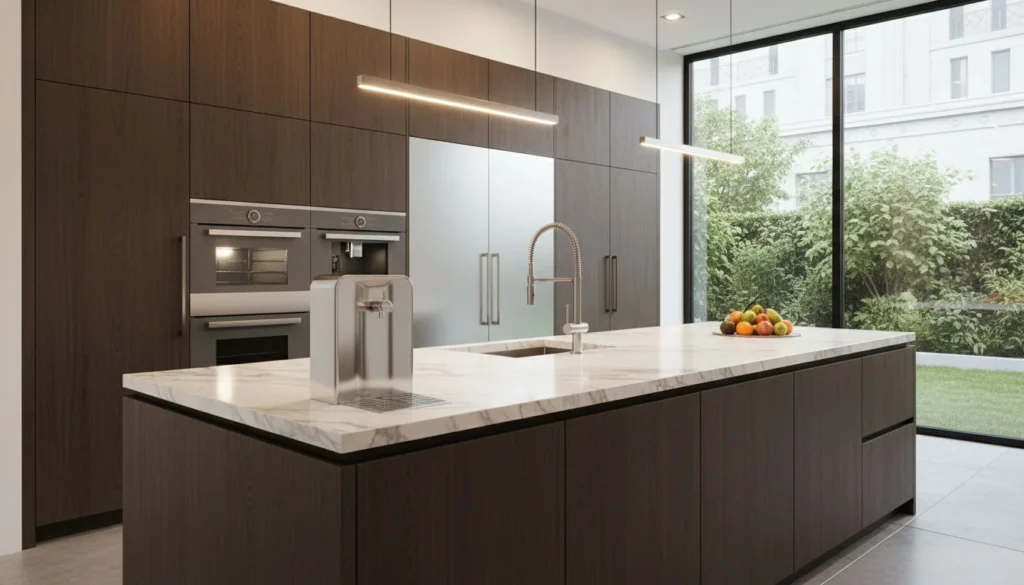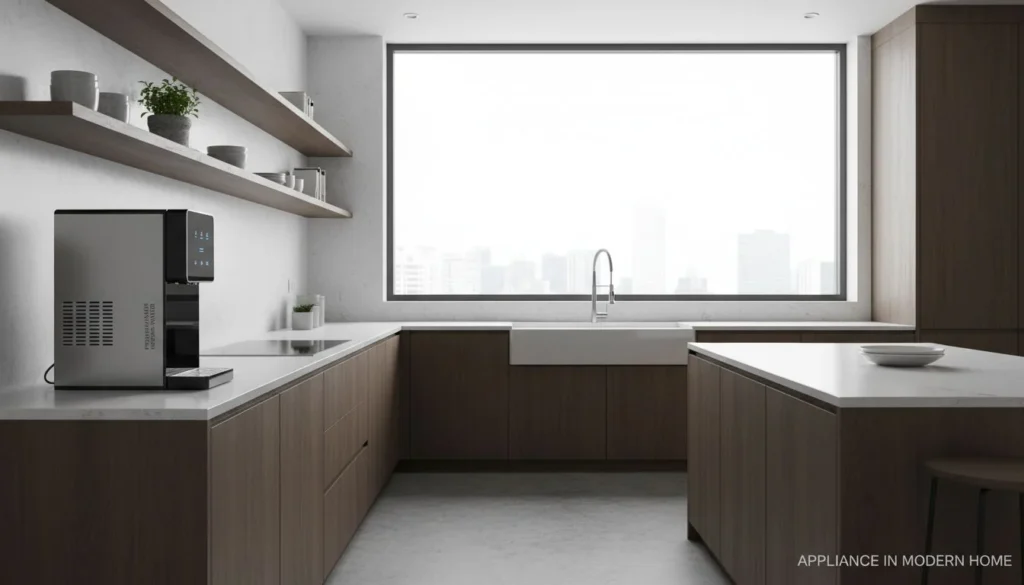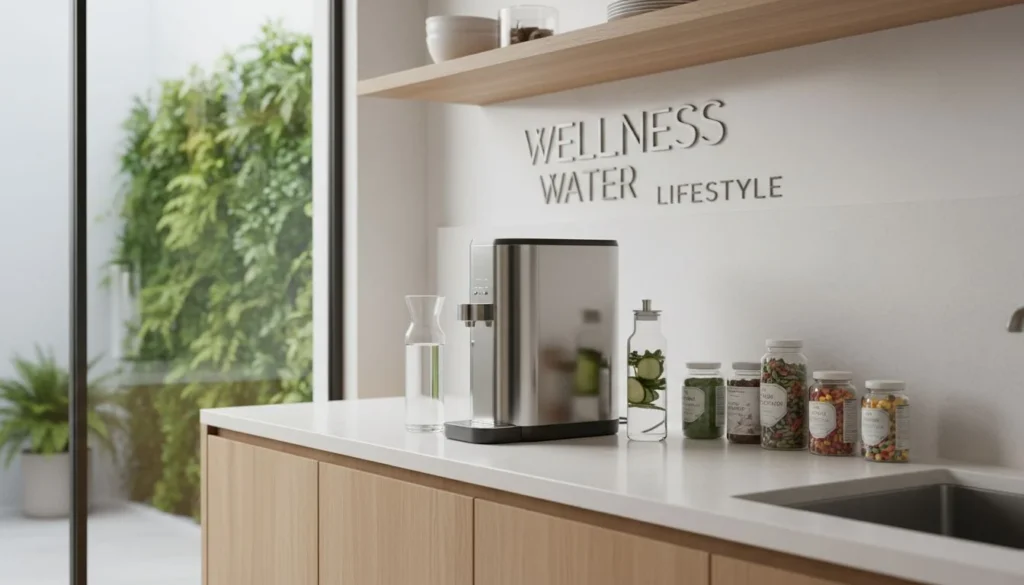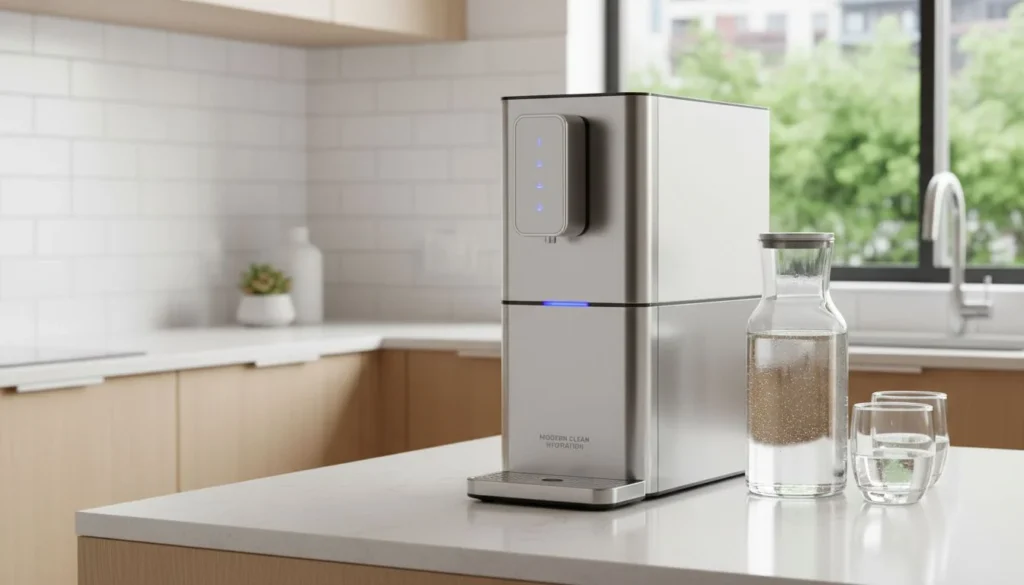Imagine a classroom buzzing with the energy of young minds, eager to learn. Now, picture that same classroom, but the air is heavy with invisible pollutants—dust, allergens, even airborne viruses. This isn't a far-fetched scenario; indoor air can often be five times more polluted than the air outside. For schools, where children spend a significant portion of their day, this reality demands urgent attention. Especially in a post-pandemic world, with growing concerns about respiratory health and a rise in childhood allergies, the quality of the air our students breathe is no longer just a health consideration, but a fundamental pillar of effective education.
Poor indoor air quality directly impacts student health, concentration, and attendance. From persistent coughs and allergy flare-ups to reduced focus and increased sick days, the consequences ripple through the entire learning environment. This article will explore the often-overlooked air quality challenges within educational settings and highlight the indispensable role air purifiers play in cultivating healthier, more vibrant spaces for learning. Understanding these issues is the first step towards recognizing that investing in clean air is, in essence, investing in our children's future.
Why Educational Settings Face Air Quality Problems
Educational institutions are unique environments that present significant hurdles to maintaining optimal indoor air quality. These challenges typically arise from a combination of factors, including high occupancy rates, aging infrastructure, and the constant influx of external pollutants. Understanding these underlying issues is crucial to grasping why robust air purification solutions are not just beneficial, but essential.
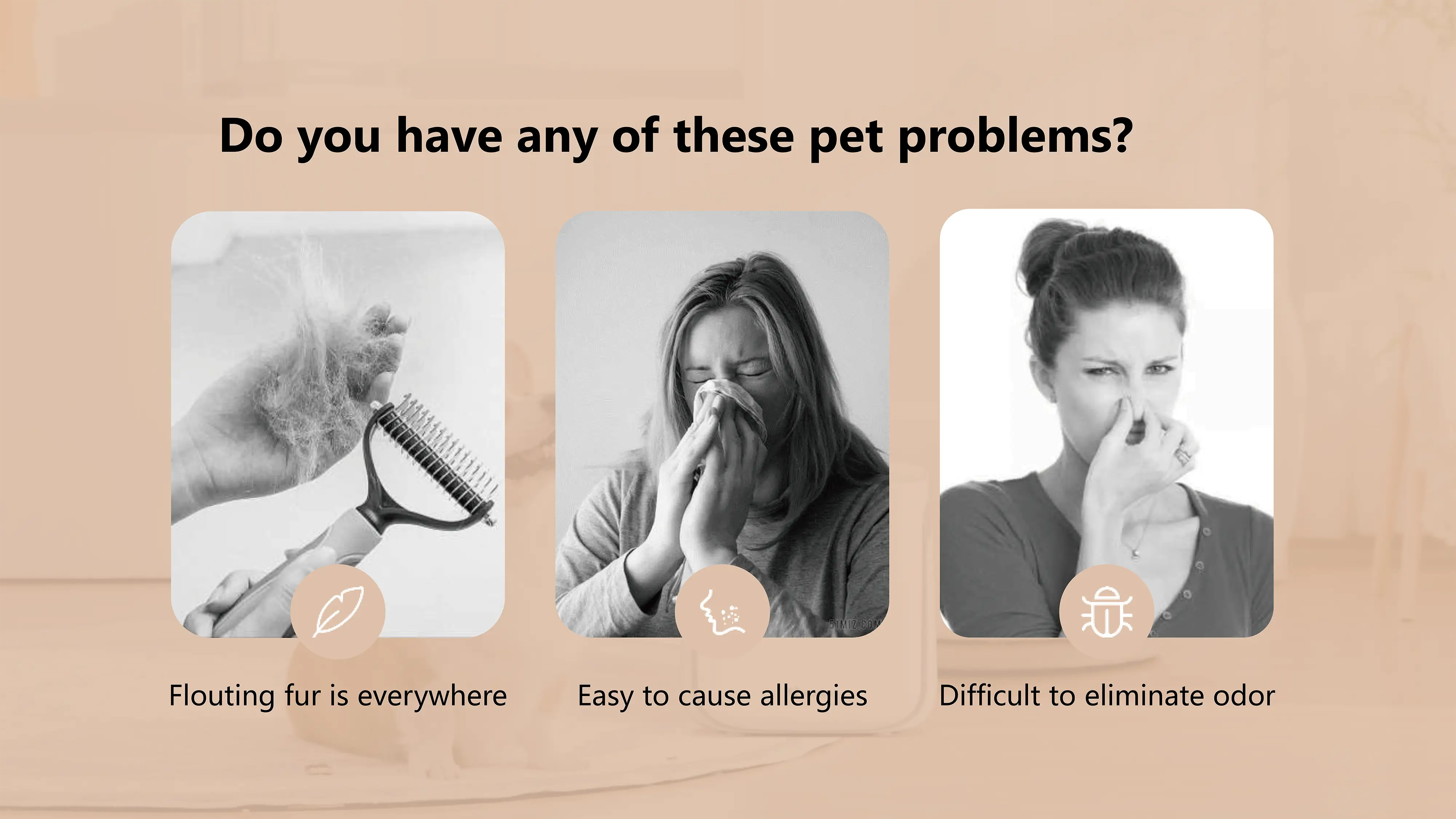
1. High-Density Occupancy Leading to Elevated CO2 Levels
Classrooms are inherently crowded spaces. Many students and teachers share a confined area for extended periods, and every breath contributes to the air. This high occupancy directly leads to elevated levels of carbon dioxide (CO2) from human respiration. While CO2 itself isn't toxic at typical indoor concentrations, it's a clear signal of inadequate ventilation. High CO2 levels can cause drowsiness, headaches, and a noticeable drop in cognitive function and concentration among students. This directly undermines their ability to learn and perform academically.
2. Outdated Building Infrastructure and Poor Ventilation Systems
Many school buildings, particularly older ones, struggle with ventilation systems that are either outdated, poorly maintained, or simply insufficient for modern classroom demands. Inadequate ventilation acts like a trap, allowing pollutants to accumulate indoors to unhealthy levels. This includes not only CO2 but also volatile organic compounds (VOCs) released from building materials, cleaning supplies, and furniture, as well as various forms of particulate matter. The lack of proper air circulation exacerbates the problem, creating stagnant pockets where contaminants can linger and thrive.
3. Proliferation of Allergens and Pathogen Transmission
Schools are bustling hubs where allergens and pathogens can spread with alarming speed. Common allergens like pollen, dust mites, and mold spores are frequently found in school environments, often triggering allergic reactions and asthma attacks in susceptible children. Moreover, the close proximity of students provides an ideal pathway for the efficient transmission of airborne viruses and bacteria. This constant circulation of germs leads to higher rates of illness among both students and staff, resulting in increased absenteeism and significant disruption to the educational process.
4. Infiltration of External Pollutants
The physical location of many schools also plays a role in their indoor air quality challenges. Schools situated near busy roads, industrial areas, or active construction sites are particularly vulnerable to outdoor pollutants seeping indoors. Vehicle exhaust, industrial emissions, and construction dust can easily enter school buildings through open windows, doors, and even through the ventilation systems, adding to the existing indoor pollutant load. These external contaminants, especially fine particulate matter (PM2.5), can have serious long-term health implications for developing children.
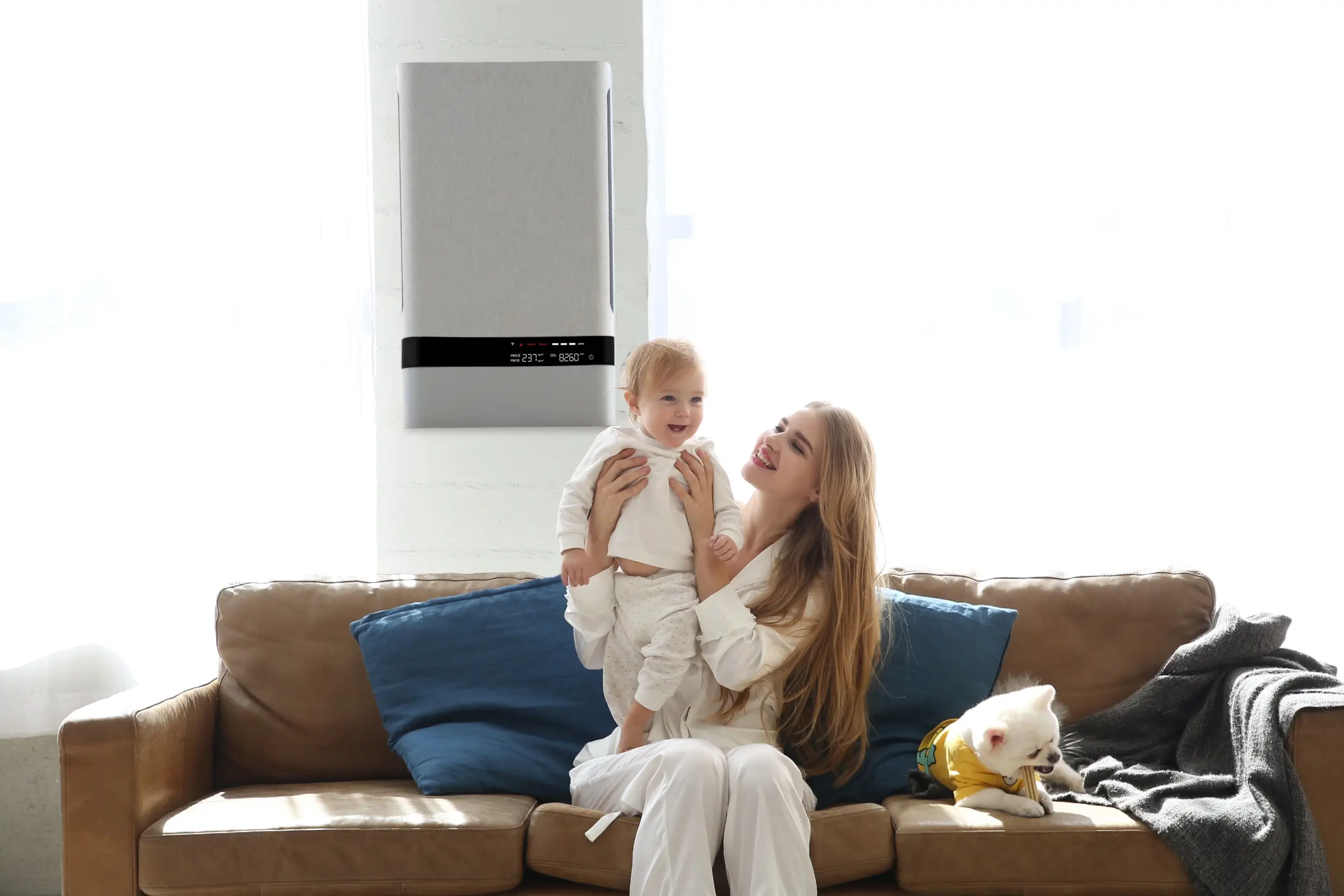
HisoAir - Ventilation Air Purifier HV600
The Role and Benefits of Air Purifiers
Given the pervasive air quality challenges in educational settings, air purifiers emerge as a vital, proactive solution for safeguarding student health and significantly enhancing the learning environment. These devices actively work to remove harmful pollutants from the air, offering a multitude of benefits that extend far beyond simple comfort.
1. Eliminating Airborne Particulates (PM2.5, PM10)
One of the most crucial functions of a high-quality air purifier is its ability to capture and remove airborne particulate matter, including microscopic particles like PM2.5 and PM10. These tiny particles, often originating from outdoor pollution, dust, and allergens, are small enough to penetrate deep into the lungs and even enter the bloodstream, posing serious health risks. Air purifiers equipped with High-Efficiency Particulate Air (HEPA) filters are remarkably effective, capable of trapping a vast majority of particles as small as 0.3 microns. This dramatically reduces the concentration of harmful particulates in classrooms, protecting students from respiratory irritation and potential long-term health issues.
2. Filtering Germs, Viruses, and Allergens (HEPA Filters)
In a school environment, where close contact is unavoidable, the rapid spread of airborne pathogens is a constant worry. HEPA filters are not only adept at capturing inanimate particles but also play a critical role in trapping airborne bacteria and viruses, including those responsible for common colds, influenza, and other infectious diseases. By continuously circulating and cleaning the air, purifiers help to interrupt the chain of transmission, leading to a noticeable reduction in illness among students and staff. Furthermore, for students who suffer from allergies and asthma, the removal of common allergens like pollen, mold spores, and dust mites from the air can profoundly alleviate their symptoms, allowing them to breathe easier and focus better on their studies.
3. Enhancing Student Concentration and Learning Efficiency
There's a direct and powerful link between clean air and improved cognitive function. Environments with superior air quality have been shown to lead to enhanced concentration, better problem-solving abilities, and improved memory retention. When students are not battling the subtle, yet distracting, symptoms of poor air quality—such as headaches, fatigue, or respiratory discomfort—they are far better equipped to engage with lessons, absorb new information, and actively participate in classroom discussions. This translates directly into improved academic performance and a more productive, enjoyable learning experience for everyone.
4. Reducing Student and Staff Absenteeism
The health benefits provided by air purifiers have a very real and positive impact on school attendance. By significantly reducing the presence of airborne irritants, allergens, and pathogens, air purifiers contribute to a healthier overall school population. This leads to fewer instances of illness-related absences for both students and teachers. A reduction in sick days ensures greater continuity in learning for students and minimizes disruptions to lesson plans for educators, ultimately benefiting the entire school community and its educational mission.
5. Creating a Safe, Healthy, and Reassuring Learning Environment
Beyond the quantifiable health and academic advantages, the visible presence of air purifiers in schools sends a powerful, reassuring message to parents, students, and staff alike: that the institution genuinely prioritizes their well-being. In an era of heightened health awareness, providing a visibly clean and healthy indoor environment can significantly boost parental confidence and peace of mind. This clear commitment to indoor air quality fosters a sense of security, making the school a more attractive, trusted, and reassuring place for both learning and working.
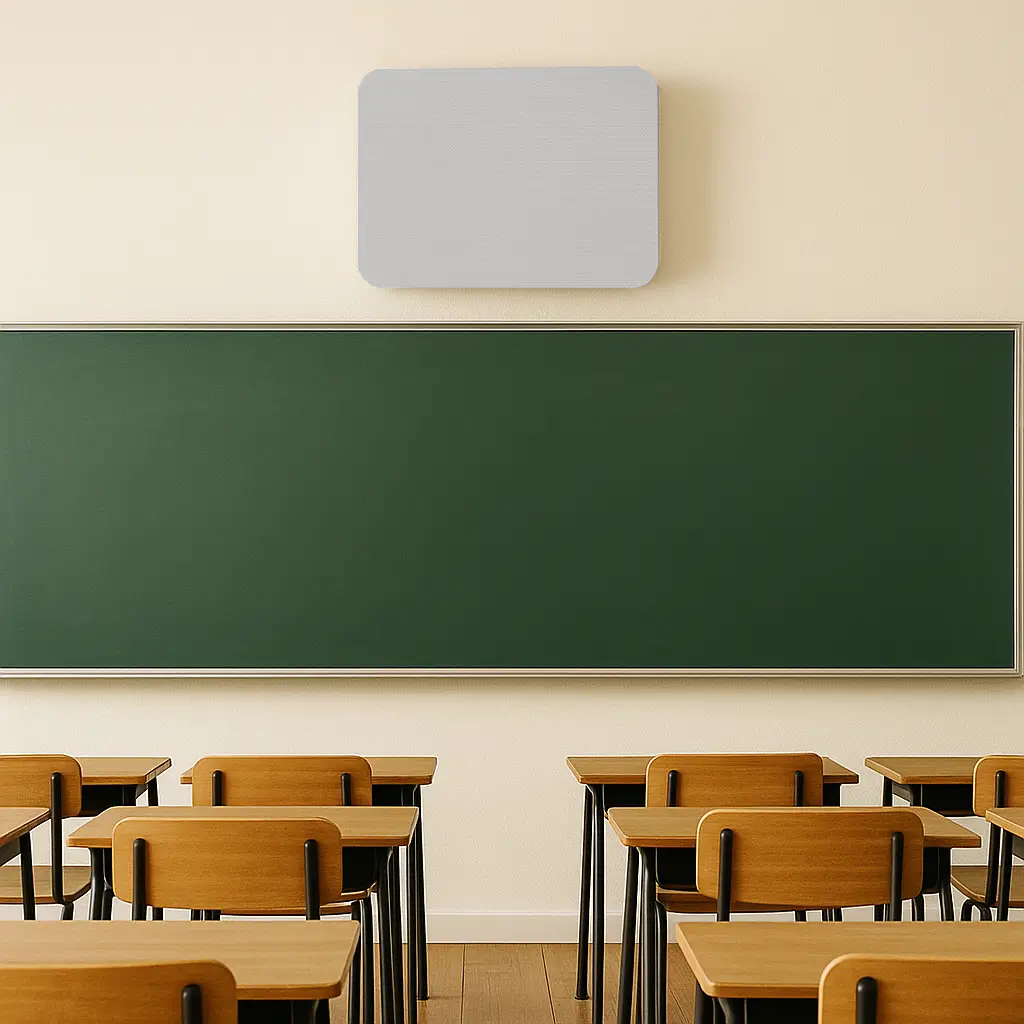
HisoAir - Wall-mounted Air Purifier HA380
Which Educational Institutions Need Air Purifiers the Most?
While every educational environment stands to gain from improved indoor air quality, certain institutions and specific areas within schools have a particularly urgent need for air purification solutions. This is often due to the unique vulnerabilities of their occupants or the specific nature of the activities conducted within those spaces.
1. Kindergartens and Daycares (Vulnerable Immune Systems)
Young children, especially those in kindergartens and daycares, possess developing immune systems that are inherently more susceptible to airborne pathogens and pollutants. Their smaller lungs and faster breathing rates mean they inhale a greater volume of air relative to their body size, making them disproportionately vulnerable to the effects of poor air quality. The constant close contact inherent in these settings also facilitates the rapid transmission of germs, making air purifiers an absolutely essential tool for protecting this highly vulnerable population.
2. Primary and Secondary Schools (Long-Term Learning Environments)
Students in primary and secondary schools spend a substantial portion of their day, often six to eight hours, within the school building. This prolonged exposure to potentially polluted indoor air can have cumulative negative effects on their health and academic performance over time. Ensuring consistently clean air in these foundational learning environments is therefore crucial for supporting consistent attendance, optimal cognitive development, and overall well-being throughout their formative years.
3. Training Centers and Tutoring Institutions (High Foot Traffic)
Training centers and tutoring institutions frequently experience high student turnover and intensive usage. This leads to elevated occupant densities and an increased generation of airborne particles. The rapid influx and outflow of individuals can also introduce a wider variety of external pollutants and pathogens. Air purifiers are highly effective in managing these dynamic environments, ensuring that each new group of students enters a space with clean, healthy air, ready for focused learning.
4. Special Education Institutions (Higher Incidence of Asthma/Allergies)
Students in special education institutions may often have pre-existing health conditions, including a higher incidence of asthma, allergies, or other respiratory sensitivities. For these students, exposure to even low levels of airborne irritants can trigger severe reactions, significantly impacting their health and ability to learn effectively. Air purifiers provide a critical layer of protection, helping to create a safer, more stable, and truly inclusive environment for these vulnerable learners.
5. Music and Art Classrooms (Presence of Irritating Substances)
Specific classrooms, such as music and art studios, often involve the use of materials that can release volatile organic compounds (VOCs) or particulate matter into the air. Adhesives, paints, solvents, and even instrument cleaning solutions can contribute to a decline in air quality. Air purifiers with advanced filtration capabilities, particularly those including activated carbon filters, are especially beneficial in these spaces to effectively remove chemical fumes and ensure a healthier environment conducive to creative expression.
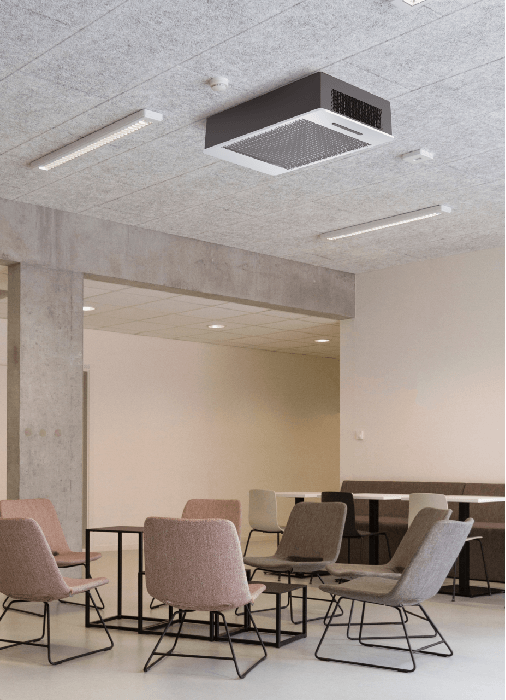
HisoAir - Ceiling Air Purifier
How to Choose the Right Air Purifier for Schools
Selecting the appropriate air purifier for an educational setting demands careful consideration of several key factors. The primary goal is to ensure maximum effectiveness in air purification, quiet operation that doesn't disrupt learning, ease of maintenance for busy staff, and overall suitability for the unique school environment.
1. Prioritize HEPA Grade Filters (H13 or H14)
The filter is the heart of any effective air purifier. For schools, it is absolutely imperative to choose purifiers equipped with medical-grade HEPA filters, specifically H13 or H14. While standard HEPA filters capture 99.97% of particles down to 0.3 microns, H13 HEPA filters capture 99.95% of particles down to 0.21 microns, and H14 HEPA filters capture an impressive 99.995% of particles down to 0.1 microns. This superior filtration efficiency is crucial for capturing the smallest and most harmful airborne particles, including viruses, bacteria, and ultra-fine particulate matter that can easily bypass lesser filters. Look for purifiers that utilize high-capacity HEPA filters, ideally with additional features like antibacterial agents to inhibit microbial growth on the filter surface.
2. Match CADR Value with Room Area
Clean Air Delivery Rate (CADR) is a vital metric that tells you how quickly an air purifier can clean a room of specific pollutants (smoke, pollen, and dust). A higher CADR value means faster and more efficient air purification. When selecting a purifier, always ensure its CADR value is appropriate for the size of the classroom or space it is intended to serve. It's essential to calculate the required CADR based on room dimensions and desired air changes per hour (ACH) for optimal performance. A purifier that's too small for a space won't be effective, while one that's too large might be an unnecessary expense.
3. Opt for Quiet Operation Suitable for Classrooms
Noise levels are a significant and often overlooked concern in educational environments. A noisy air purifier can quickly become a major distraction, hindering student concentration and disrupting lessons. Therefore, prioritize models with a quiet design, ideally operating below 50 dB(A) at their highest setting, and even lower at typical operating speeds. The best purifiers offer advanced noise reduction technologies to ensure maximum filtration with minimum auditory disturbance, which is absolutely crucial for maintaining a calm and conducive learning atmosphere.
4. Consider Flexible Installation Options (e.g., Wall-Mounted/Floor-Standing)
Space is frequently at a premium in classrooms and school hallways. Air purifiers that offer flexible installation options, such as wall-mounted or floor-standing designs, can be highly advantageous. Wall-mounted units are particularly beneficial as they conserve valuable floor space, eliminate tripping hazards, and can integrate seamlessly into the classroom aesthetic. Their slim design ensures they are discreet and efficient, fitting well into various school layouts without being obtrusive.
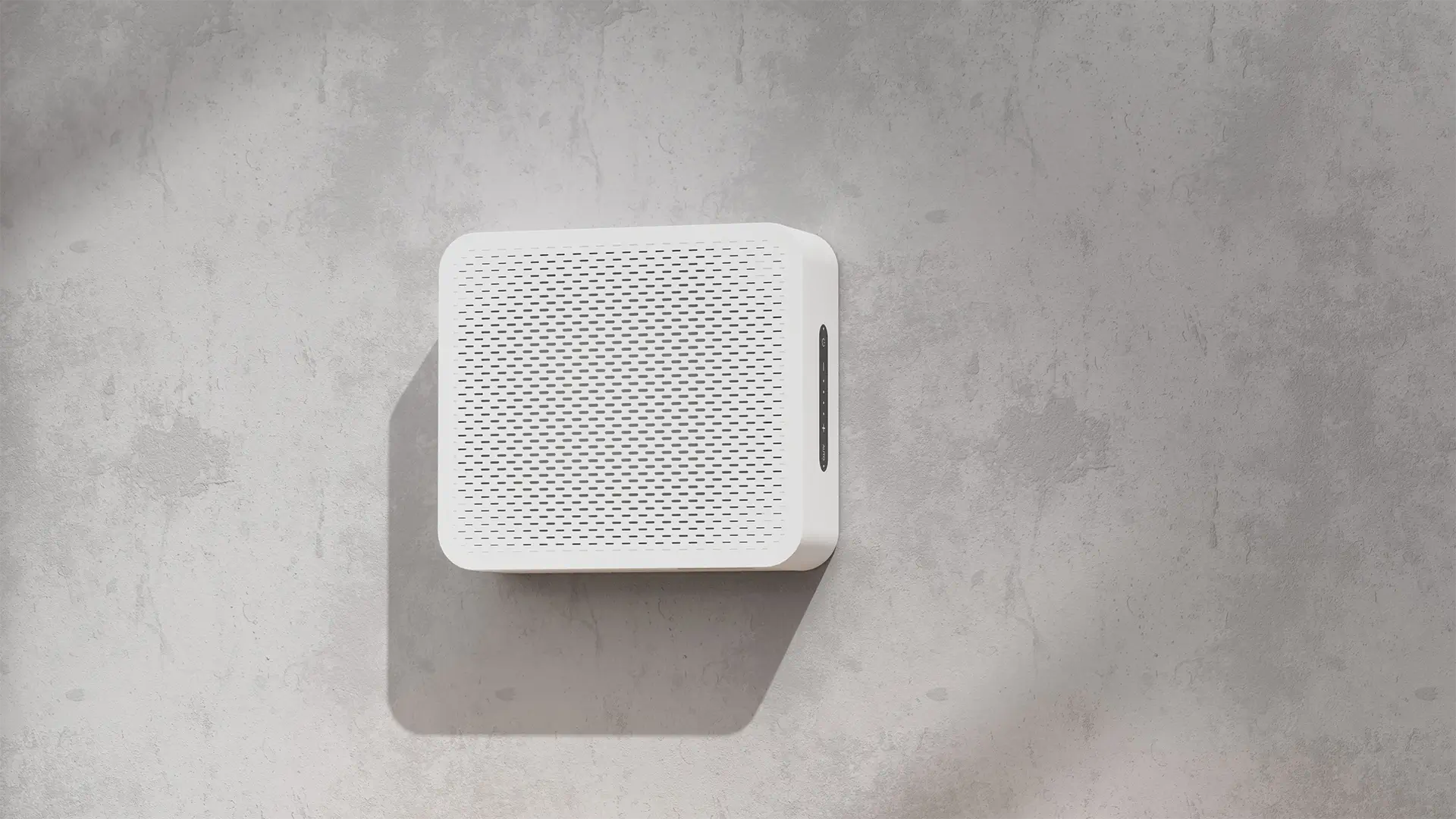
HisoAir - Standing & Wall-Mounted Air Purifier
5. Easy Maintenance and Long Filter Replacement Cycles
For busy school facilities and maintenance staff, ease of maintenance and a long filter lifespan are incredibly practical considerations. Purifiers with easily accessible filters and clear indicators for when replacement is needed simplify upkeep. A filter designed to last for many months, perhaps up to a year in typical school environments, significantly reduces the frequency of replacements, as well as the associated costs and labor. This ensures that the air purification system remains effective and reliable without becoming an undue burden on school resources.
결론
The evidence is overwhelmingly clear: investing in high-quality air purification systems for schools and educational institutions is no longer a luxury, but a fundamental necessity. The pervasive challenges of indoor air pollution – from elevated CO2 levels and airborne pathogens to allergens and external contaminants – directly impact the health, well-being, and academic success of our students and staff. Air purifiers, especially those equipped with advanced HEPA filtration and designed for quiet operation, offer a powerful, tangible solution to these issues, transforming learning environments into safer, healthier, and far more conducive spaces for growth and development.
By actively ensuring cleaner air, schools can anticipate a significant reduction in illness-related absences, marked improvements in student concentration and cognitive function, and a greater sense of security and peace of mind for the entire school community. This investment yields substantial returns, not merely in terms of immediate health outcomes, but also in enhanced learning efficiency and overall academic achievement that will benefit generations to come.
It's time for school decision-makers, administrators, and parents to collectively prioritize indoor air quality and fully recognize the profound, lasting impact it has on the future generation. Take the proactive step towards a healthier learning environment today.
Explore education-grade air purifiers today and breathe new life into your classrooms.



